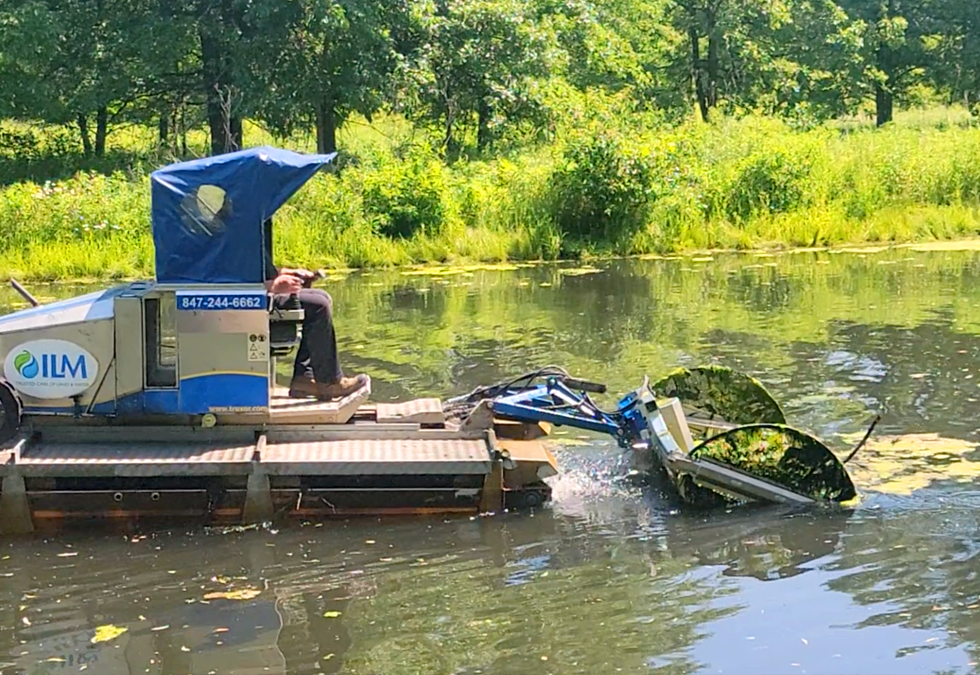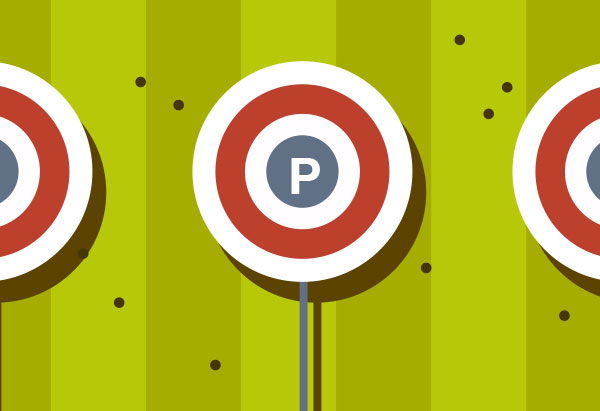Summer is in full swing which means aquatic plants are likely growing rapidly. Plants are good and needed to support a balanced lake ecosystem. Still, too much plant material can negatively affect your lake’s health.
When aquatic plants are fully grown and have reached the surface of your lake or pond (we call this “topping out”), manually removing them using specialized equipment is often the best solution. This entails raking, pulling, or cutting the plants and removing them from the water. Manually removing excessive aquatic plants from a lake can offer several benefits:
1. Improved Water Circulation
Excessive aquatic plants can impede water movement, leading to stagnant areas and potential issues with oxygenation. Removing these plants can help restore proper water circulation and oxygenation in deeper areas.
2. Enhanced Recreational Activities
Excessive plant growth can make recreational activities like swimming, boating, and fishing difficult. Removing or selectively thinning the density of the plants makes the lake more accessible and enjoyable for recreational purposes.
3. Biodiversity Preservation
While aquatic plants are essential components of aquatic ecosystems, excessive growth can outcompete other species, leading to a decrease in biodiversity. By managing plant growth, you can promote a healthier balance of species within the lake.
4. Reduced Nutrient Levels
Aquatic plants absorb nutrients from the water and sediment, including nitrogen and phosphorus. Excessive plant growth can indicate high nutrient levels, which may lead to issues like algal blooms and poor water quality. Removing excess plants helps to mitigate nutrient levels within the aquatic ecosystem and improve overall water quality.
5. Aesthetic Improvement
Excessive plant growth can detract from the visual appeal of a lake, particularly when it forms dense mats on the surface. Removing these plants can restore the natural beauty of the water body.
6. Prevention of Habitat Loss
While aquatic plants provide habitat for many aquatic organisms, excessive growth can lead to habitat loss for certain species, particularly those that require open water or specific substrate conditions. Managing plant growth helps to preserve a variety of habitats within the lake.
7. Control of Invasive Species
Some aquatic plants can be invasive and rapidly take over a lake, outcompeting native species and disrupting the ecosystem. Mechanical removal can help control the spread of invasive plants and prevent them from dominating the lake environment.
How to go about manually removing unwanted plants or algae is another story. It will depend on factors like the type of plant, water depth, and access. Here are some options:
Raking
A good option when you have plants that have gummed up your shoreline. This is all about the labor since the tool is simply a lake rake. Raking is good when you have plant material built up in 2-3 inches of water. This method is practical for small-scale or localized infestations.
Boom Skimming
Boom Skimming requires two people and a fine-mesh net (picture a volleyball net with fine netting). It is often used to skim algae or duckweed from the surface where a machine cannot access the water. This process is limited to water depths where people can safely navigate.
Diver Assisted Suction Harvesting (D.A.S.H.)
With D.A.S.H. a diver goes under the water using SNUBA and pulls the plants out by the roots. It’s like weeding your lake bottom. Eurasian watermilfoil is a common target for DASH since this plant is deeply rooted and difficult to remove mechanically using other methods. Swimming areas and around docks are common target areas for DASH. While the diver is limited by the length of the breathing hose attached to the boat, most DASH jobs take place in three to six feet of water. Learn more about D.A.S.H.
Multi-Purpose Amphibious Vehicle
As you might guess by its name, this machine provides many options for many types of plants. This machine is highly effective for a variety of tasks, including:
Pulling and Skimming Weeds and Algae
An attachment with tines (think fork tines) is lowered into the water and lifted up, pulling weeds out. The operator drives the machine to shore and drops the plants there. Eurasian watermilfoil is NOT a good candidate for this type of removal but works great on coontail. Dense algae mats can be removed using a skimming attachment. Skimming can help control algal blooms and prevent excessive nutrient buildup.
Cutting weeds
This attachment has teeth for cutting and a basket to collect the cut material. Cutting can help control plant growth and reduce biomass. Since the plants are not pulled out by the roots, they will grow back. In some cases, herbicides may be used to control emergent plants before mechanical removal. Once the plants have been treated and have died back, they can be physically removed from the water. This is a good option for water lilies and cattails.
Digging weeds
A bucket attachment is used to dig out cattails. Since the plants are removed by the roots, this is a more long-lasting solution for cattail removal without chemicals.
When conducting manual aquatic plant removal, it’s important to consider environmental regulations and guidelines to minimize impacts on the ecosystem and ensure the long-term health of the water body. Additionally, regular monitoring and maintenance may be required to prevent re-infestation and manage aquatic plant regrowth.




